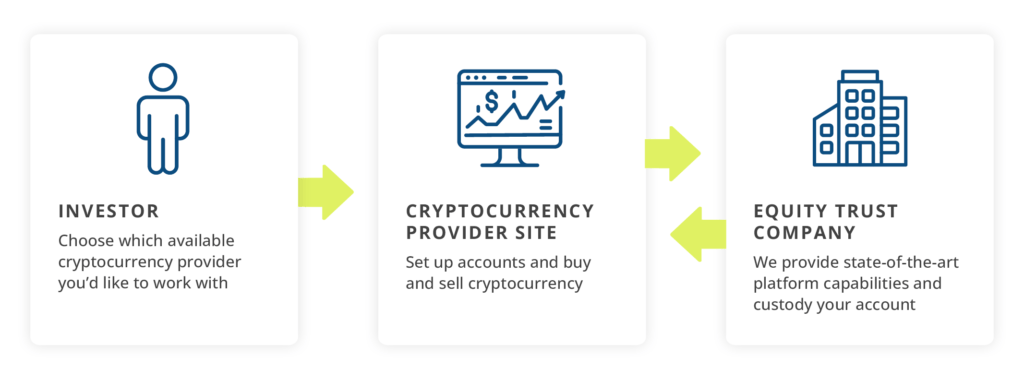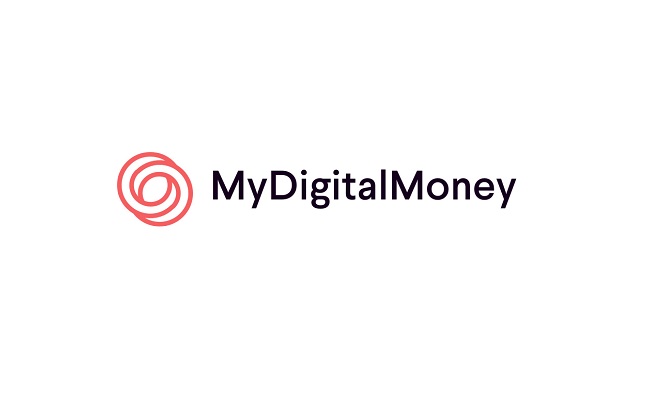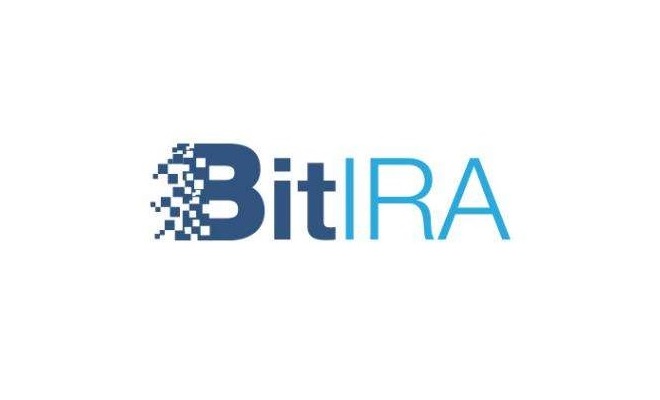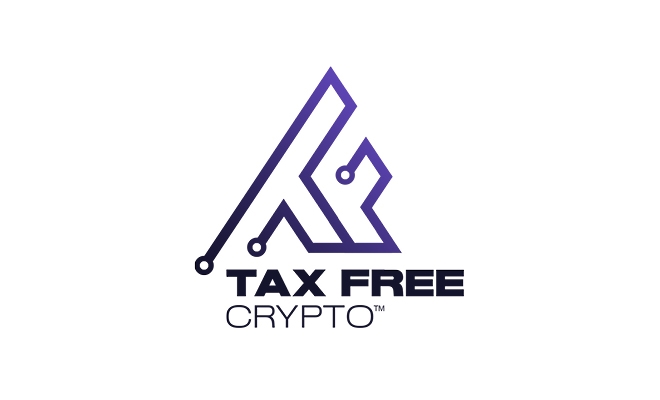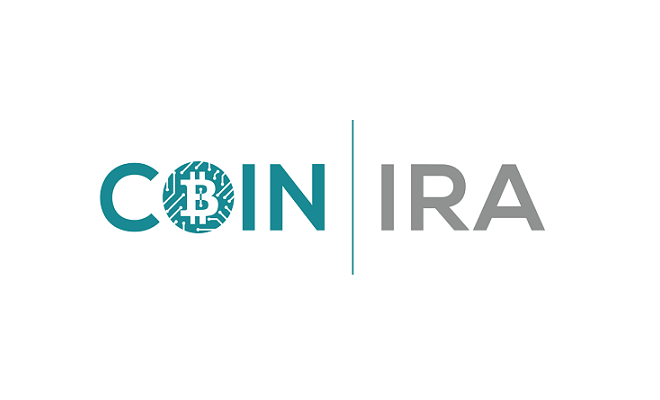What is Cryptocurrency?
Cryptocurrency, a form of digital asset, is designed to work as a medium of exchange. To do this, it uses cryptography to secure and verify transactions as well as control the creation of new units of a particular currency. Essentially, cryptocurrencies are limited entries in a database that no one can change unless specific conditions are fulfilled.
Cryptocurrencies were created as an alternative to traditional currencies. Proponents of cryptocurrency as a viable monetary tool cite the potential benefits of decentralization, anonymity, security, and automation.
Some investors are attracted to cryptocurrency as a diversification strategy because they believe the currency will increase in value; others see lasting value in the blockchain technology behind the currency. Plus, the asset’s performance is not tied to the public markets.
Examples of cryptocurrencies include:




